
The Turk
Imagine a machine that could beat any human chess player. That sounds very ordinary. But what if that happened in the eighteenth century long before computers were around?
Learn everything about the Mechanical Turk that shook up the world by beating famous people like Napoleon Bonaparte and Benjamin Franklin.
What Was The Turk?
The Mechanical Turk, also known as the Turk, was supposedly an automaton that could play high-level chess and beat most of its contemporary intellectuals and prominent figures.
The machine had the shape of a mysterious Turk wizard-like figure, sitting at a wooden cabinet and holding a smoking pipe. A chessboard rested in front of it. Inside the cabinet, there was seemingly nothing but mechanical parts to make the machine work.
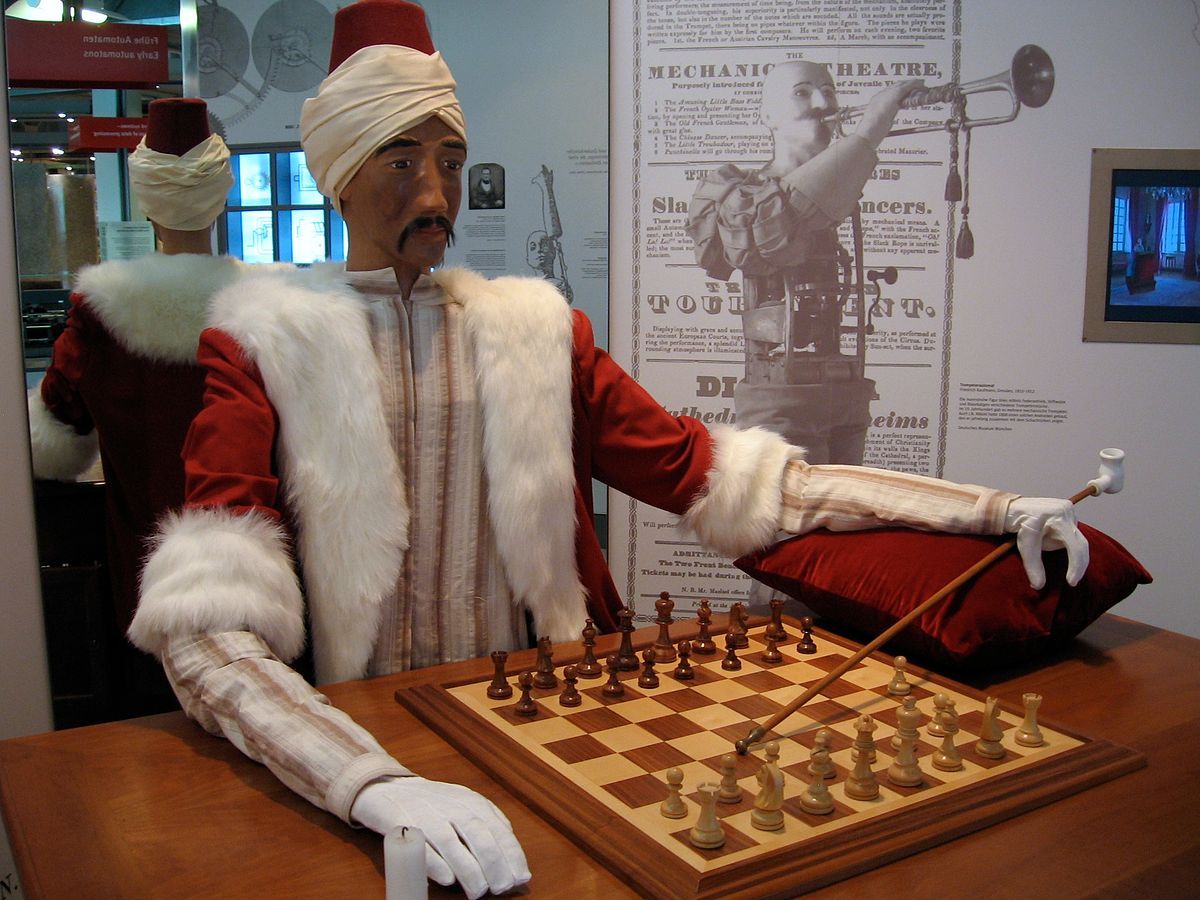
History Of The Turk
The Turk was created in 1770 by German writer and inventor Wolfgang von Kempelen, who claimed that his machine was an automaton that could play chess on its own.
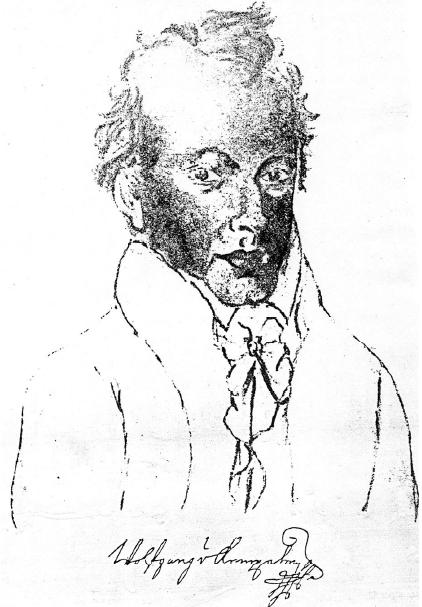
The Turk's first demonstration happened before Empress Maria Theresa of Austria and her court when it defeated everyone who played against it. After that, many other owners toured the world, exhibiting the prowess of the artificial chess player.

During its touring years, the pseudo-automaton defeated prominent public figures like Napoleon Bonaparte and Benjamin Franklin. The Turk even had the chance of facing the famous Francois-Andre Danican Philidor, who was considered to be the best chess player in the world at his time. Although Philidor won, he stated that it was one of his toughest matches.
Although the Turk became famous worldwide for being a solid chess-playing automaton, that was not true. The machine did move around like a human, but it could not play chess independently.
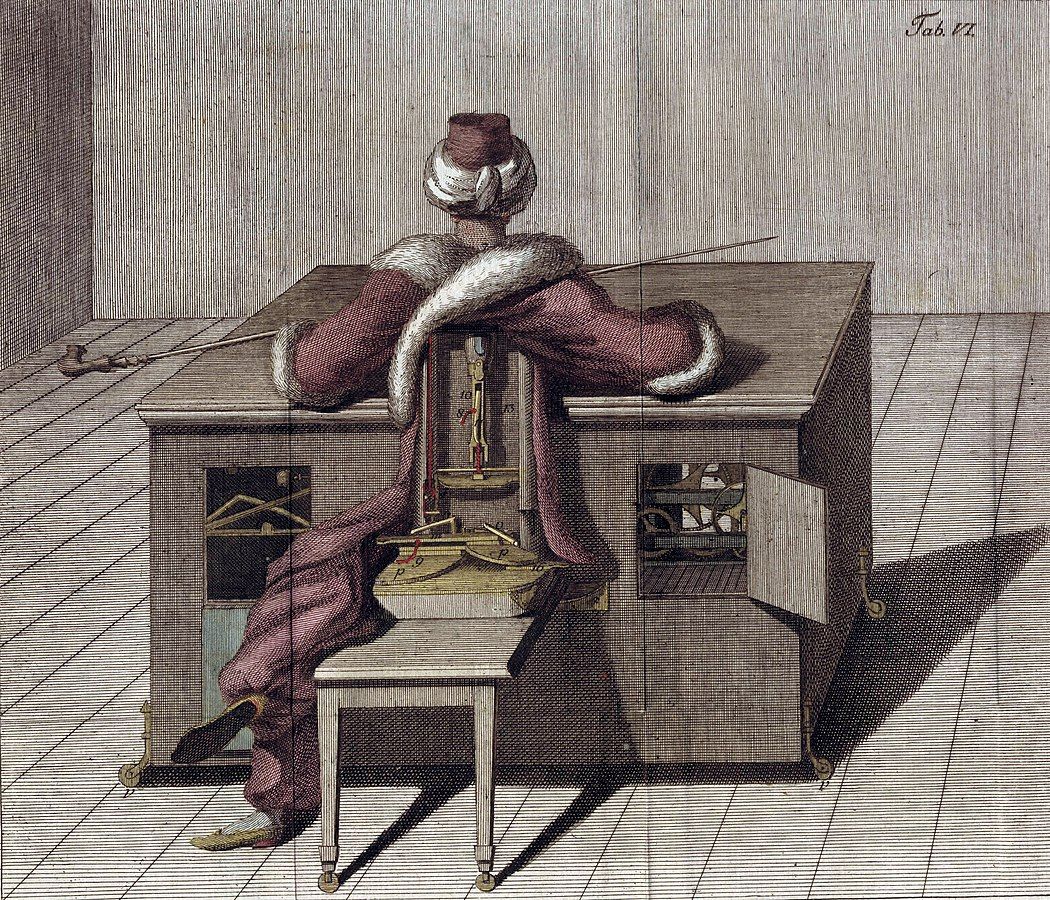
Instead, strong chess masters would hide inside the fake automaton and operate it from inside it. Although many people suspected that was the case (including the famous writer Edgar Allan Poe), no one could successfully explain how the mechanism worked.
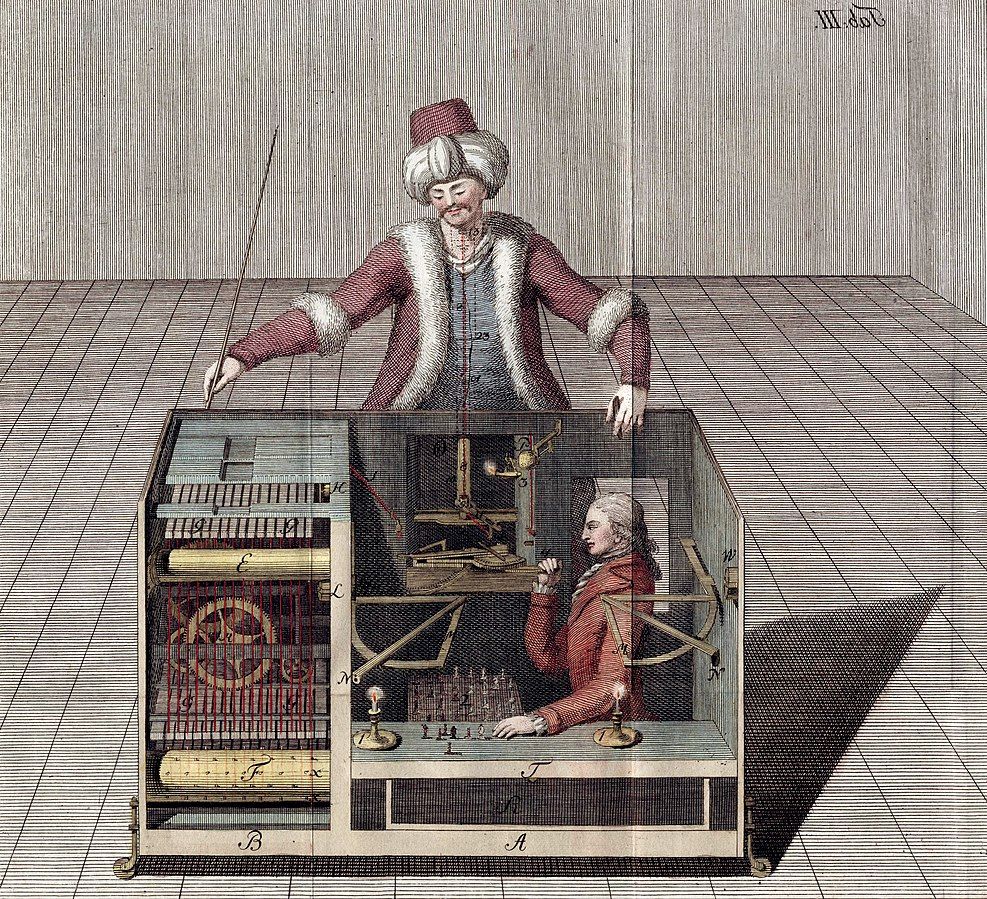
The Turk continued its exhibitions for more than 80 years until it was retired and donated to the Chinese Museum of Charles Willson Peale. In 1854, a fire destroyed part of the museum along with the mechanical chess player. Only after its destruction did the son of one of its owners reveal its secret in a series of articles he wrote for The Chess Monthly, a monthly magazine in the United States.
The Turk's Chess Legacy
The fact that a machine could play chess better than humans caused a worldwide uproar. The existence of a device that could beat humans in an intellectual endeavor such as chess made some people fear what was yet to come.
However, the Turk also inspired scientists to develop their own intelligent machines. In a way, the fake chess automaton sparked the flame for the creation of artificial intelligence and paved the way for today's chess engines.
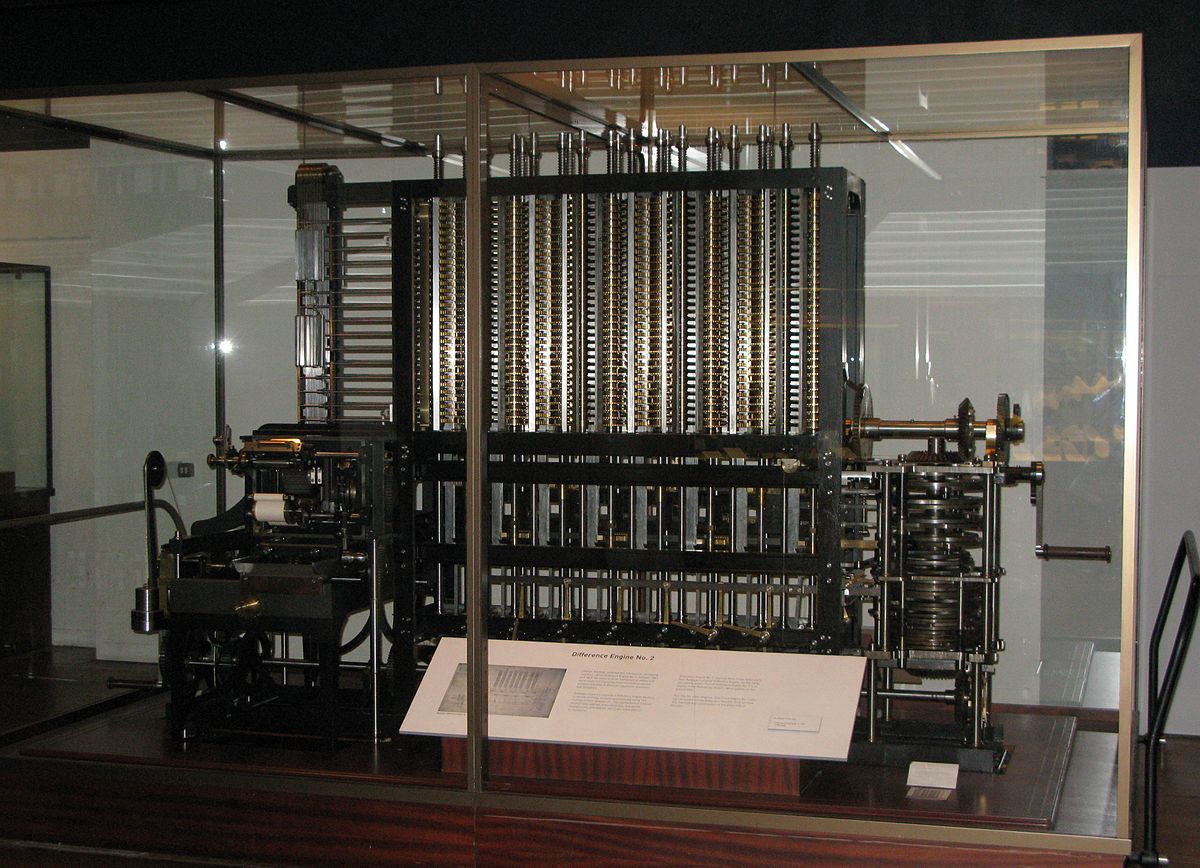
Conclusion
You now know what the Turk was, who created it, how it worked, and more. Head over to Live Chess to create a game against one of our bots and play real chess machines with different personalities.







